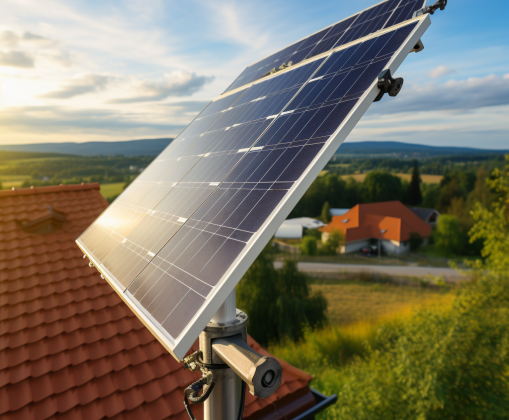
Net metering is a billing method that provides homeowners with credit on their energy bills for the surplus electricity generated from their renewable energy sources, like solar panels, wind turbines, or hydroelectric generators. It is an excellent approach to reduce energy consumption, lower electricity bills, and minimize carbon footprint.
However, setting up net metering can be challenging, particularly for those inexperienced with renewable energy. This article aims to guide homeowners on how to set up net metering for their homes.
Step 1: Check if your state offers net metering
The first step in setting up net metering is to check if your state offers it. Net metering is regulated at the state level, and not all states offer it. Net metering programs in some states have been recently reduced. To find out if your state provides net metering, consult with your local utility company or access the Database of State Incentives for Renewables & Efficiency (DSIRE) website.
Step 2: Install your renewable energy system
Once you have confirmed that your state offers net metering, installing your renewable energy system is next. Whether installing solar panels, wind turbines, or a hydroelectric generator, ensure your system meets your state’s requirements for net metering. As an illustration, in certain states, your system may need to be linked to the utility grid, whereas in others, you may be required to employ a specific type of inverter.
Step 3: Apply for interconnection
After installing your renewable energy system, you need to apply for interconnection. Interconnection is the process of connecting your renewable energy system to the utility grid. Your local utility company will have specific requirements for interconnection, and you will need to follow their guidelines to ensure that your system is connected safely and efficiently.
Step 4: Apply for net metering
Once your renewable energy system is connected to the utility grid, you can apply for net metering. Your local utility company will have a specific application process for net metering. You must provide them with information about your renewable energy system, such as its capacity and expected production.
Step 5: Install a net meter
After your net metering application is approved, your local utility company will install a net meter on your property. A net meter measures the electricity that your renewable energy system generates and feeds back into the grid and the electricity you use from the grid.
Step 6: Start generating electricity
Once your net meter is installed, you can start generating electricity from your renewable energy system. The additional electricity generated by your system will be supplied to the grid and added to your account as credit. You have the option to use this credit to reduce your electricity bill or roll it over to the subsequent month.
Step 7: Monitor your energy usage
Finally, monitoring your energy usage is important to ensure you’re getting the most out of your net metering program. You can identify areas to reduce your consumption and further offset your electricity bill by tracking your energy usage. Several tools and apps can help you monitor your energy usage and track your savings.
Setting up net metering for your home can significantly offset your energy usage, save money on electricity bills, and reduce your carbon footprint. By following these steps and working with your local utility company, you can use this program and generate clean energy.

Leave a Reply